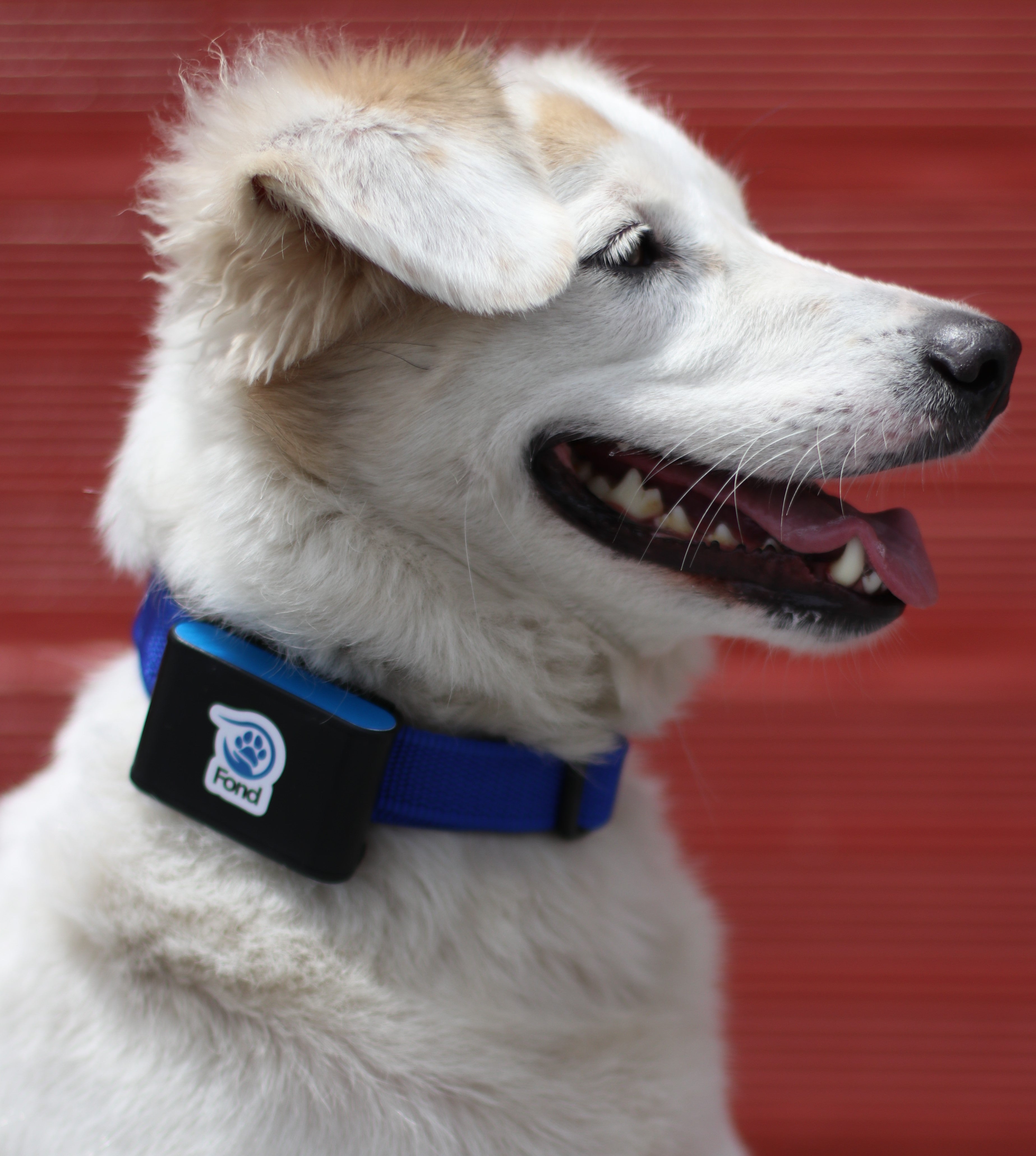
Canine Wellness-A Guide to Pet Medicine Administration

No more must you bolster yourself and rally for a combat, these tips will transform the struggle of giving your pets oral medications into a breeze.
As a pet owner, you might be lucky if your dog or cat humbly accepts their medication as instructed. However, the tales of frustrated owners, victorious pets, and discarded pills, mightily tossed across the room, weave a different picture altogether . But fear not! With guidance from a veterinarian, administering medication can merely be a sharp-witted game of playing with your pets’ minds and tricking their taste buds into perfect succumbence.
When medicating a sick pet, our foremost responsibility is to make sure we understand the directions given. For that, it is essential to follow the 4 Golden C rule-
Correct drug: Managing multiple medications for your pet can occasionally be overwhelming and perplexing. Take a moment to carefully review the labels each time.
Correct dose: Giving the right dosage, not more, not less. Not broken, not crushed.
Correct route: For liquid medication, it should either be ingested or administered orally, potentially through the mouth or cheek.
Correct time and frequency: Ensure to check the frequency of administration and the specific instructions regarding how to administer the medication. This includes considerations such as whether it should be taken on an empty stomach, with food, or at a particular time of day.
What you can do:
Ringing up the vet and clearing some basic stigmas could prove to be a more viable option than the old school trial and error. That being said, here are a few tricks you can follow for pet medication administration:
Conceal the pill in your pet’s food: An effective method for administering oral medication to your pet is to conceal the medication within a particularly enticing food treat. The goal is to generate such enthusiasm in our pet for the treat that they consume it swiftly, inadvertently ingesting the pill without tasting it. The smell of the food will hide the scent of the medicine and our pet will be naturally drawn to it. This approach minimizes the likelihood of our pet biting into the medication and experiencing its bitter flavor, ensuring a smoother administration process. This is a clever solution to the jittery- jattery problem of stealthily spitting the pill when you’ve thought the pill has gone down your pet's throat!
Spread it on their paws: Consider applying the prescribed powder or liquid medication by mixing it with peanut butter and spreading it onto your pet's paws. This tactic capitalizes on two factors: dogs' aversion to foreign substances on their paws and their fondness for peanut butter. As your dog eagerly licks the peanut butter off their paws, they will inadvertently consume the medication, ensuring they receive their dose effectively. However, It's crucial to keep your pet's paws clean, as leaving food residue on them can attract infections and lead to various health issues. So, this method will prove effective only for a limited period of time after which, thorough paw cleaning and drying is essential.
Use Pill Pockets: Consider utilizing pill pockets, which are pliable treats specially crafted to hide tablets or capsules. Available in a variety of flavors, these treats offer a convenient solution for administering medication to your dog discreetly, without them detecting the presence of the medication.
Consider a pilling gun: The "pilling gun" , a nifty device featuring a rubber end that securely holds the pill and a plunger to gently deliver it to the back of your pet's throat. This innovative tool keeps your hands clear of sharp teeth and increases the likelihood of the pill reaching the perfect spot for easy swallowing, minimizing the risk of it being expelled. Found in both veterinary clinics and pet supply stores, it's particularly handy for feline friends who may not be swayed by your attempts at bribery with treats.
Practice positive reinforcement: Offer praise, treats, or affection before and after giving the medication to create a positive association. This can help reduce any stress or anxiety your dog may have about taking medication.
Monitor for side effects: Stay vigilant for any potential side effects in your dog following medication administration. Watch out for signs like vomiting, diarrhea, or alterations in behavior. Should you observe any unusual symptoms, promptly reach out to your veterinarian for assistance.
Don'ts':
- Don’t Force medication: Refrain from coercing medication into your dog's throat if they show resistance or anxiety. This can induce stress and potentially complicate future medication administrations.
- Don't skip doses: Stick to the prescribed dosage and schedule provided by your vet. Skipping doses or stopping medication prematurely can result in incomplete treatment and may lead to a recurrence of the condition.
- Don't administer human medication: Do not give your dog medications designed for human use unless explicitly instructed by your veterinarian. Numerous human medications can be toxic to dogs and may result in severe harm or fatal consequences.
- Don't ignore signs of discomfort: Should your dog consistently reject medication or exhibit distress during administration, consult your veterinarian about exploring alternative solutions. They can potentially prescribe a different medication format or recommend alternative treatment approaches.
To close off, if your furry friend has mastered the art of pill evasion, it's high time you embrace a fresh strategy, because ensuring your dog receives their medications is a vital aspect of responsible pet ownership, safeguarding their health and happiness. For every medication administered is a whispered promise, a pledge of undying love etched in the very fabric of our shared tale. Here’s to a commitment to their well being!
References:
1] Dailypaws.com-how to give a dog a pill
2] Wedgepartner.vin.com
3]Veterinary.vin.com

